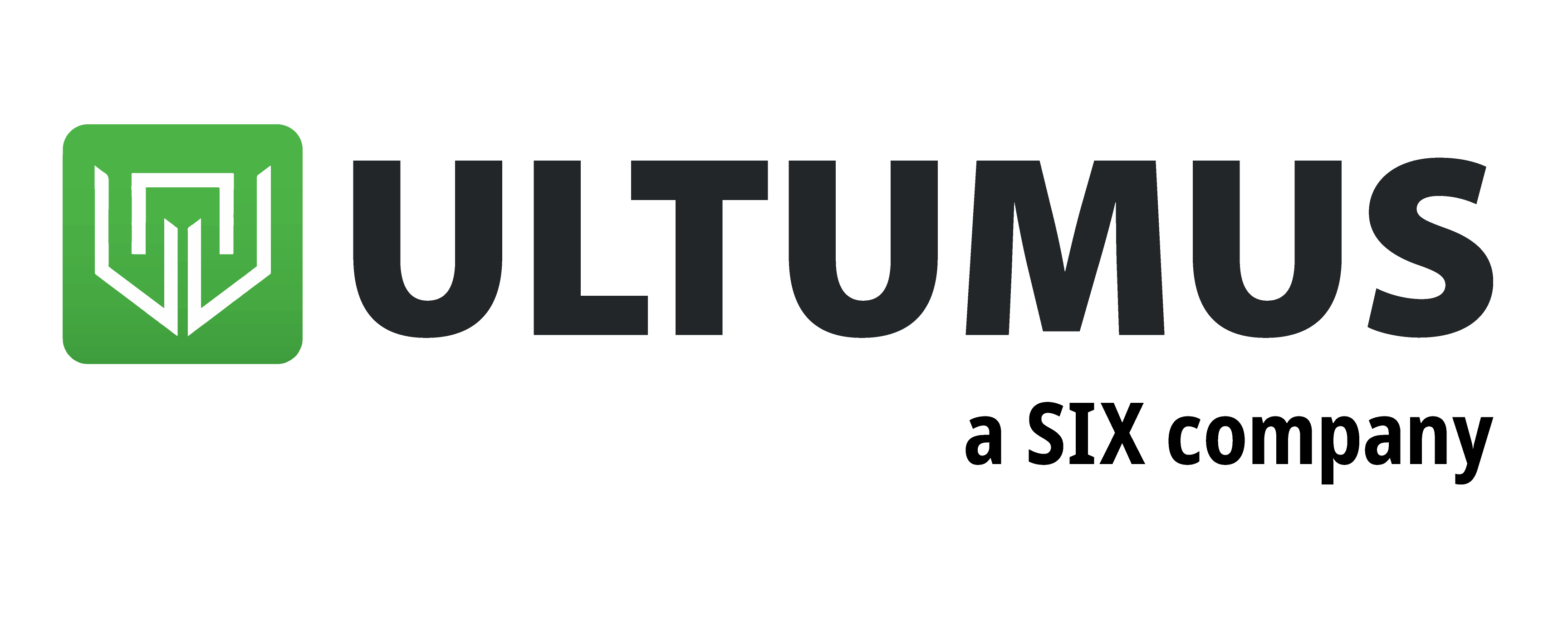Today's new ETF listings from around the world.
Australia
Vanguard Australia rolls out infrastructure and global small cap ETFs
Vanguard's Australian arm is listing two new ETFs that add to its swelling fleet of products.
Vanguard Global Infrastructure Index ETF (VBLD)
Vanguard MSCI International Small Companies Index ETF (VISM)
VBLD will track the FTSE Developed Core Infrastructure Index, which is made of 146 infrastructure companies across a range of industries, including transportation, energy and communications. It charges 0.47%, making it the cheapest of Australia's three infrastructure ETFs.
VISM will invest in international small caps in rich countries. Tracking the MSCI World ex-Australia Small Cap Index, it is the first ETF in Australia to offer international small cap exposure. VISM will charge 0.32%.
Both offer ETF share classes of pre-existing Vanguard wholesale funds.
Product review: VISM adds clear value; VBLD seems like a utilities fund
VISM is an overdue addition to the Australian ETF market. Up until now, there has been no international small cap ETF available in Australia. There have been US and Australia small cap ETFs - but nothing else.
Not only does VISM open a frontier, it's also a great fund. VISM has been available as a wholesale fund for 11 years. During this time it has delivered an annual return of 10% - compared with the 8% delivered on average by funds in this asset class. With an annual fee of 0.32%, VISM also the cheapest international small company fund available in Australia by far. Self-directed Aussie investors will hoover this one up.
VBLD we're a bit less sure of. Investing in infrastructure is popular with pension funds, which like how its reliable cash flows can be used to match their liabilities. But the infrastructure investing that makes the big bucks is done privately or in public-private partnerships - not on exchange.
A good example of how private infrastructure investing can make squillions is the "vampire kangaroo" Macquarie Bank. From 2006 - 2017, Macquarie managed Britain's water infrastructure (Thames Water) and sucked it dry for an annual return of 19%. (When it was done, Macquarie left behind £2bn in debt, bursting water pipes, untreated sewage, and a polluted Thames -- all to a fuming British media).
But infrastructure ETFs are not playing this game. They simply invest in publicly listed companies that are characterised by some index provider as infrastructure related (there's no agreed definition). In practice, this means they look a lot like utilities sector ETFs, with a few other bits bolted on. As Noel Amenc, professor of finance at the Edhec Business School put things:
"Listed infrastructure indices being tracked by ETFs are often built to include active views or using ad hoc weighting schemes, such as those that avoid over-concentration in a few very large utilities. It is not necessarily clear what systematic risk exposures are being tracked."
VBLD is still a well-made fund. But the exact role that it can play in a diversified portfolio may have to be spelled out.
****
Powered by Ultumus data
****
Photo: Evan Reedman, Head of Product, Vanguard Australia




